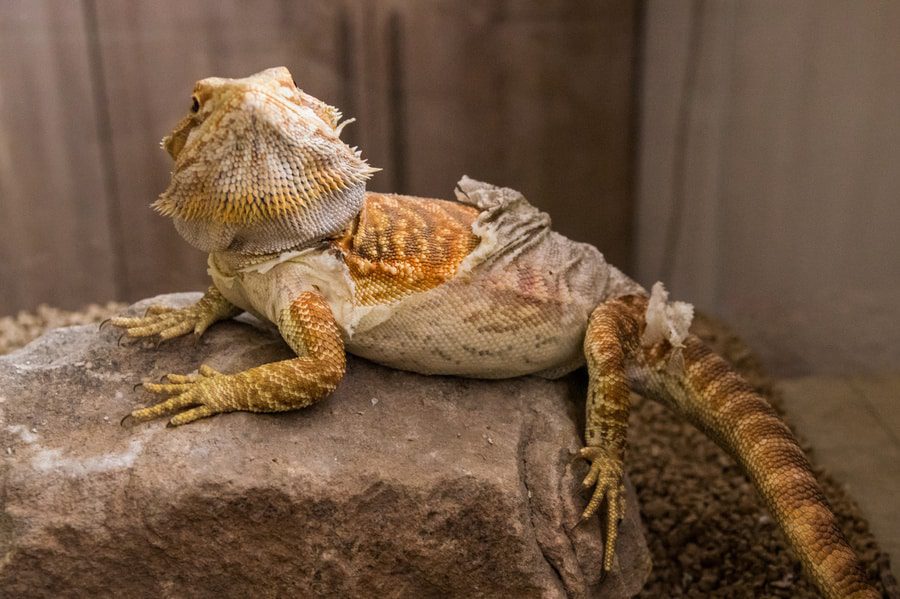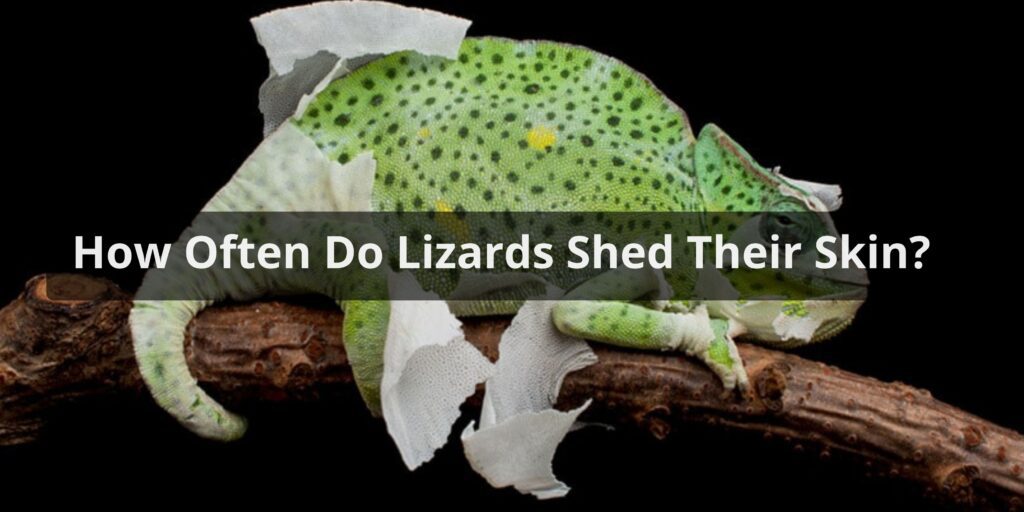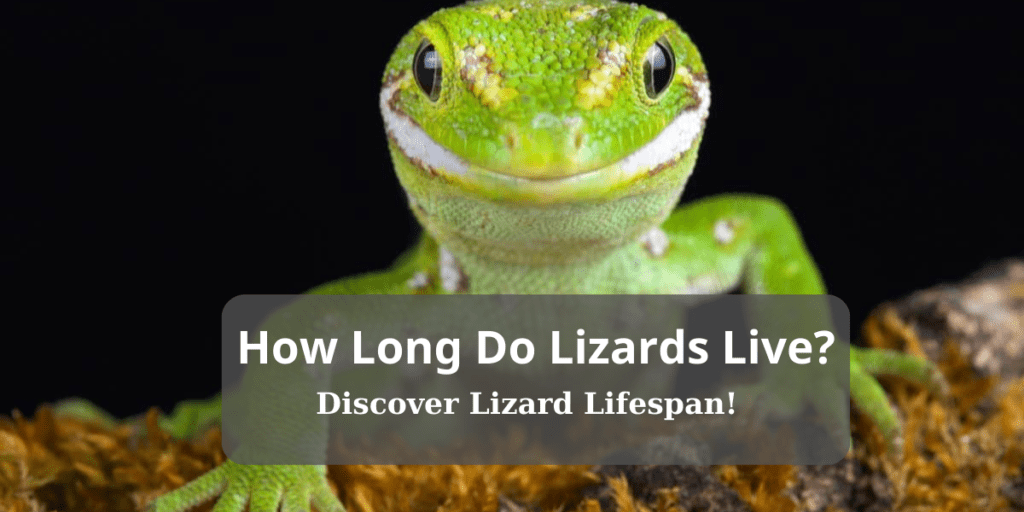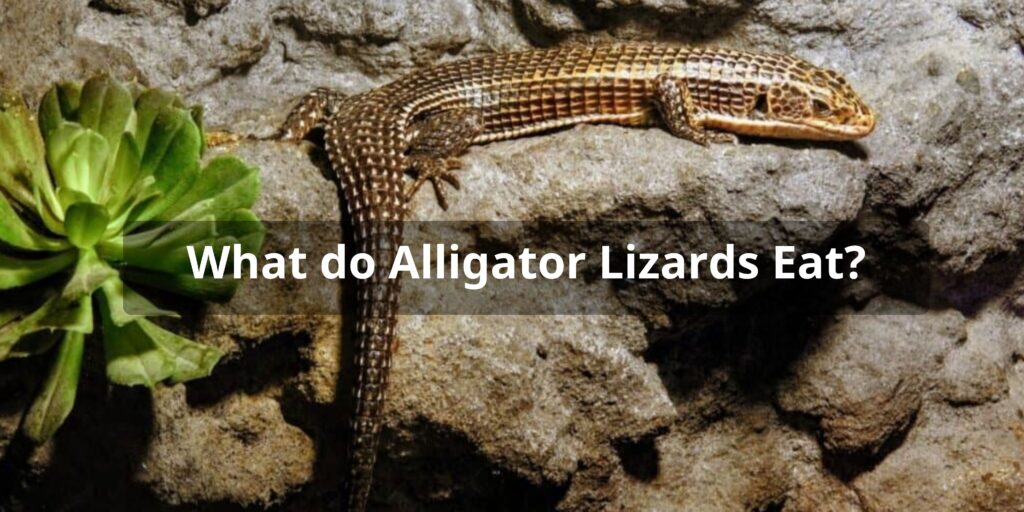Lizards shed their skin regularly as a natural process of growth and renewal. The frequency of shedding can vary based on the species, age, environment, and health of the lizard. Here’s a closer look at how often lizards molt and the factors that influence their shedding cycle.
Overview of the Shedding Process
Lizards shed their skin through a process called ecdysis or molting. New skin begins forming underneath the outer layer, eventually causing the old skin to separate and peel off. This allows the lizard to emerge with a newer, larger skin surface.
Shedding serves important functions for a lizard’s health and development:
- It enables growth as the new skin has more surface area.
- It removes parasites, bacteria, or fungal infections on the skin.
- It regenerates scales, scutes, and claws that may be damaged.
- It helps regulate minerals and water absorption through the skin.
The shedding process generally follows this sequence:
- New skin starts developing underneath the outer layer.
- The old skin separates from the new skin underneath.
- The lizard rubs against rocks or branches to help loosen the skin.
- The skin peels off in patches or in one whole piece.
- The lizard completely emerges from the shed skin with a larger, renewed outer layer.
Frequency of Shedding
On average, most lizards shed once every 4 to 6 weeks. But there can be significant variation among different lizard species:
- Leopard geckos: Commonly shed every 4 to 6 weeks.
- Bearded dragons: Shed every 4 to 6 weeks as juveniles, slowing to 6 to 8 weeks as adults.
- Blue-tongued skinks: Usually shed every 6 to 8 weeks.
- Crested geckos: Can shed every 2 to 4 weeks when young, slowing to around once a month as adults.
- Chameleons: Often shed every 2 to 4 weeks, sometimes more frequently.
- Iguanas: Typically shed around once every 4 to 6 weeks.
- Monitor lizards: Usually shed every 2 to 3 weeks, depending on species.
So in general, most lizards will shed around 2 to 3 times per month on average. But the frequency can shift based on other factors.
Factors That Influence Shedding Frequency

Several key factors can cause lizards to shed more or less often than their normal schedule:
Age
Younger, juvenile lizards tend to shed more frequently than mature, adult lizards. Their rapid growth spurts require more frequent skin renewals.
Environment Habitat
Dry conditions tend to promote more frequent shedding. Lizards may shed more often in low humidity or when dehydrated. Cooler temperatures can also facilitate shedding.
Health Issues
Sickness, disease, parasites, and malnutrition can all increase shedding. The skin regeneration helps lizards recover and remove pathogens.
Injury
Trauma, abrasions, or lost scales often leads to “emergency sheds” to quickly repair and replace damaged skin.
Preparing to Breed
Some lizards will shed right before their breeding season, ensuring healthy, vibrant skin to attract mates.
Improper Husbandry
Inadequate habitat conditions, such as incorrect temperatures, light, or humidity, can disrupt normal shedding cycles.
The Shedding Process at Different Life Stages
The shedding frequency and process can vary as a lizard matures:
Baby Lizards
- Shed very frequently, sometimes multiple times per week.
- Shed in patches rather than all at once.
- Shedding aids their extremely rapid growth.
Juvenile Lizards
- Still shed frequently, around every 2 to 4 weeks.
- Start shedding in a single piece rather than patches.
- Shedding helps them gain size during adolescent growth spurts.
Adult Lizards
- Shed less often than juveniles, around every 4 to 8 weeks.
- Their growth has slowed, so shedding is less frequent.
- Often have a consistent, predictable shedding routine.
Senior Lizards
- May shed less frequently than adults, some only a few times per year.
- The shedding process takes longer due to slower cell growth.
- Irregular shedding cycles can indicate health issues.
So in summary, younger lizards generally shed more frequently than mature, elder lizards. The exceptions are lizards preparing to breed – they may increase shedding regardless of their age.
Signs Your Lizard May Be Ready to Shed
It’s helpful to recognize when your lizard is about to shed. Here are some signs to watch for:
- Duller skin coloration
- Opaque eyes (if normally clear)
- Whitish color around eyes, nose, toes
- Increased hiding or lethargy
- Rubbing against objects
- Eating less than normal
- Agitated, restless behavior
These signals indicate the shedding process has begun. Be sure to monitor your lizard closely in the days and weeks after shedding to check their health. Support them by providing proper heat, hydration, and humidity during this demanding process.
Conclusion
Most lizards shed around 2 to 3 times per month on average. But many factors like age, environment, and breeding cycles cause variability in shedding frequency across different species. Understanding your lizard’s unique shedding patterns and needs can help you optimize their habitat and care. With attentive husbandry, consistent shedding should support your lizard’s health and longevity throughout all life stages.
FAQs About How Often Do Lizards Shed Their Skin
How long does the shedding process typically take?
The shedding process in lizards usually takes around 1 to 2 weeks. This includes the preparation phase when the new skin layer forms beneath the old one, and the actual shedding phase when the old skin is shed. Factors like species, age, and health can slightly influence the duration.
Do lizards shed their skin in one piece or fragments?
Lizards shed their skin in fragments, not in one complete piece like snakes. As they shed, the old skin breaks into sections that the lizard peels off or rubs against surfaces to remove. These fragments are usually in the form of patches or flakes.
Is shedding more frequent in certain lizard species?
Shedding frequency varies among lizard species. Young lizards generally shed more frequently than adults due to their rapid growth. Some species shed more often than others, with factors like environmental conditions, metabolism, and growth rate influencing the frequency.
Does shedding affect a lizard’s behavior or appetite?
Yes, shedding can temporarily affect a lizard’s behavior and appetite. During shedding, lizards might become more reclusive and less active. Their appetite might decrease due to discomfort. After shedding, their behavior and appetite usually return to normal as they shed their old skin and reveal the fresh one beneath.
Are there any complications that can occur during shedding?
Complications during shedding can include retained shed or dysecdysis. Retained shed happens when parts of the old skin don’t come off, leading to potential circulation issues. Dysecdysis is a term for difficult shedding, often caused by poor nutrition, low humidity, or health problems. Both situations may require assistance from a veterinarian.



